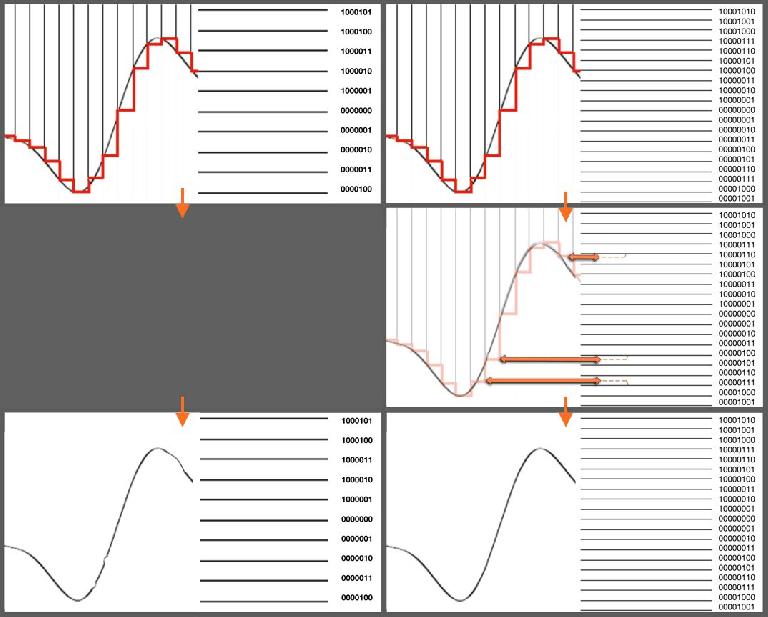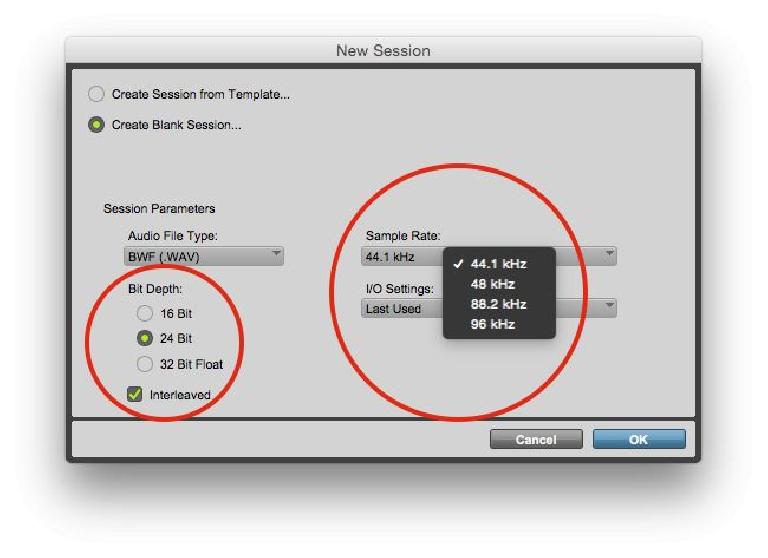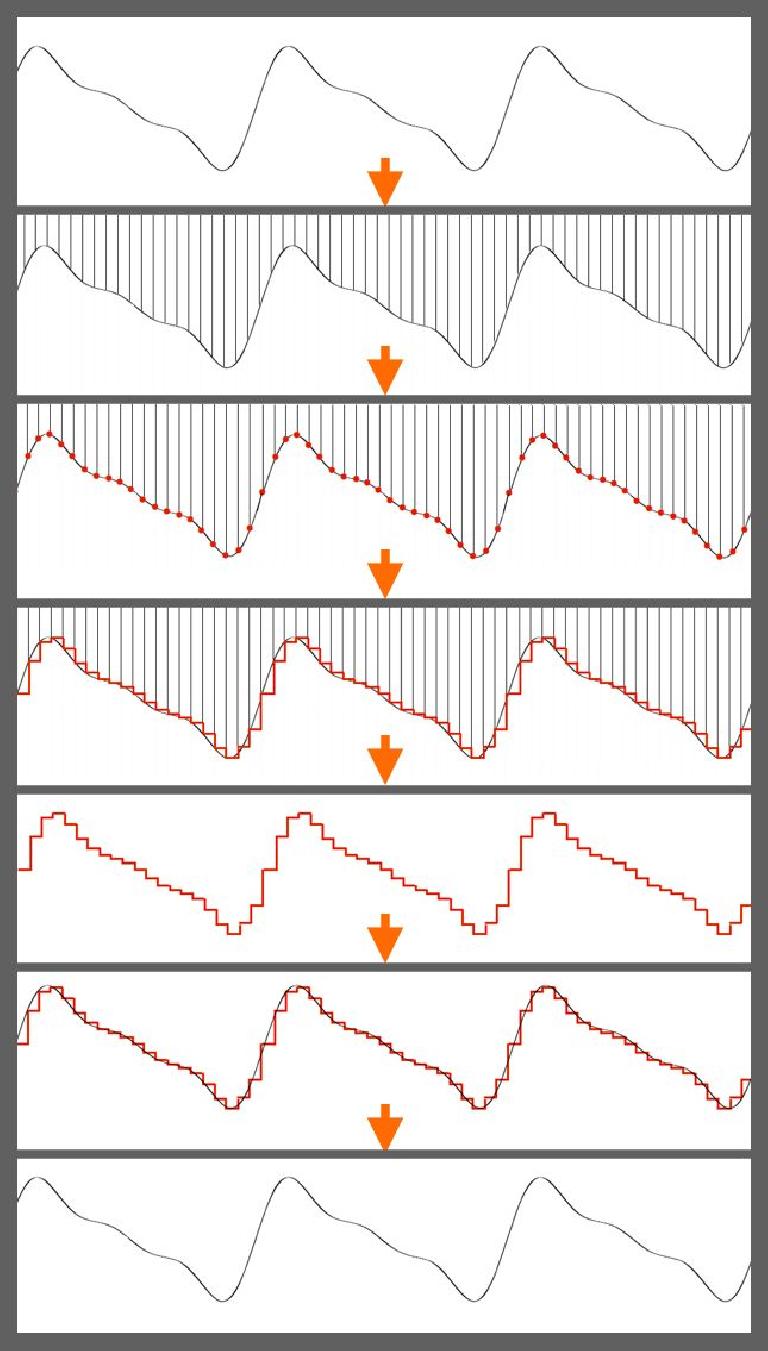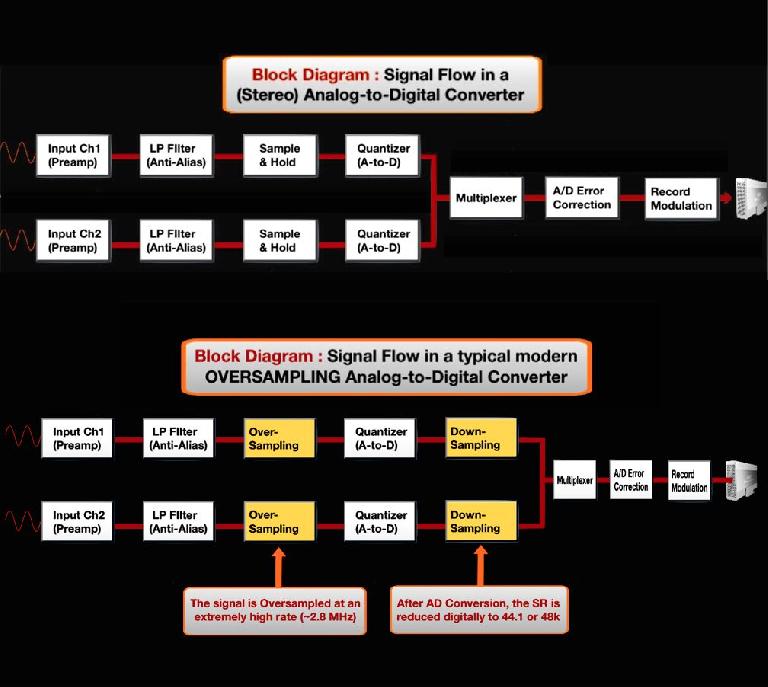一个围绕数字音频解析度音频行业中心较具争议性的辩论。是CD音质的还是不够好,还是应该全部数字声音坚持以高清晰度的选项现在可用?好吧,扰流板警报
The (Very Simplified) Basics
数字音频质量的两个标准是采样率和比特分辨率。较低的采样率
多年来,这两个基准进行了标准化。光盘
Please Sir, May I Have Some More..
但是,如果原标准(S)符合(至少是感性)的理论要求,为什么要求更高的分辨率?是不是真的有必要利用更高的位分辨率可目前
A Bit of This, a Bit of That
首先,最容易的部分
然而,不同的是并不如你想象
然而,大家(至少是所有职业选手)记录24位!为什么?嗯,我想答案是,为什么不呢? 24位分辨率没有按
但是,我们所有的嗡嗡声就
Sample This
当涉及到的可用更高的采样率(88.2k,96K,176.4k,192K),有
数字音频理论实际上是相当优雅
但要做到这一点,而不发出声音神器
现代数字转换器都有,好几年了,实际上采样高得多的价格,早已免去了那些麻烦的砖墙过滤器。但是所得到的数字音频文件的采样速率可能仍然是44.1K或48K,因为较高音频频率采样
但是,当你犯了一个96K录音,
The Ultrasonic Conundrum
那么,这是那些地方好的人1
Golden Ears..?
可以测试测量
Wrap-Up
最终,人们将继续使用任何决议,他们觉得是合适的。虽然几乎所有专业级的项目是24位的,选择范围较传统的44.1K的取样率和48K到96K,有时候甚至192K(尽管一些备受尊敬的工程师认为,192K比什么都炒作)。
有时候,选择是为你






 © 2024 Ask.Audio
A NonLinear Educating Company
© 2024 Ask.Audio
A NonLinear Educating Company
Discussion
I have actually only done the first part with most of my (soft) synths and have been surprised how well it sounds with synth sources at at 88..2 in a 44.1 project.
You're right, software instruments are one application where oversampling can potentially make a more noticeable difference—especially with creative applications that involve more extreme sample manipulation, which can sometimes clearly benefit from higher sampling rates. I didn't get into that for two reasons—the article was intended to be focused on playback/distribution more than processing, and it was already long and technical enough (especially before I edited it down!).. ;-)
As I've always understand it, most plug-ins that oversample (for maximum clarity with certain kinds of intensive processing, like some modeling emulations) will be fine doing that internally (if you enable it), regardless of the session settings..
I also didn't get into the whole issue of people listening to all those pristine hi-res audio productions as MP3s/MP4s, but I guess that's an issue for another day.. ;-)
Cheers,
Joe
Want to join the discussion?
Create an account or login to get started!